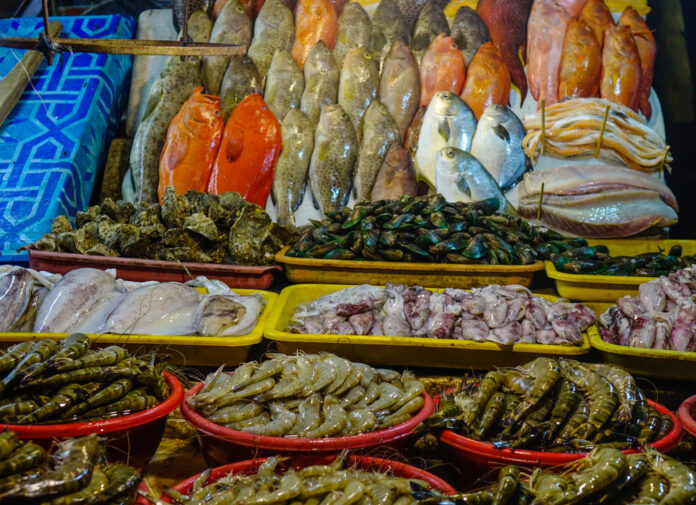Seasonal patterns boosted chicken and tilapia production in the first quarter but weighed on output of hogs, bangus, and galunggong, according to the Philippine Statistics Authority (PSA).
The data were released in the PSA’s first report using seasonally adjusted agricultural production figures.
From January to March, seasonally adjusted chicken production rose by 3.4 percent to 550,140 metric tons in liveweight, up from 532,070 metric tons in the fourth quarter of 2024. Tilapia production also saw a 4.7 percent quarter-on-quarter increase, reaching 80,180 metric tons from 76,550 metric tons.
In contrast, hog production dipped slightly, down 0.8 percent to 413,600 metric tons from 417,120 metric tons in the prior quarter. The downturn reflects not just seasonal effects but also ongoing cost pressures and the impact of a resurgence of the African Swine Fever.
Bangus output declined 2.1 percent to 92,910 metric tons, while galunggong production posted the sharpest fall among major species, dropping 9.7 percent to 35,730 metric tons.
Analysts note that weather variability and changes in fishing conditions likely contributed to the decline in production volume.
These five key commodities—hog, chicken, tilapia, bangus, and galunggong—are crucial components of the consumer basket used to calculate inflation, particularly in the food category. Together, meat and seafood products account for around 12 percent of the inflation index.
The introduction of seasonally adjusted data offers a clearer view of short-term trends by filtering out recurring seasonal fluctuations, helping policymakers and industry players make more informed decisions.







